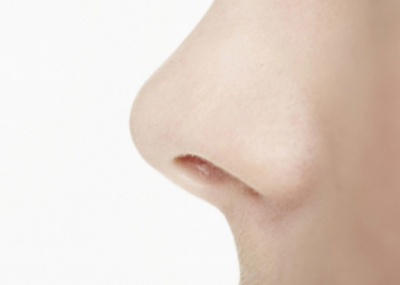There are only 14 different kinds of noses, study says
By Rachel Slaff of msnbc
How many different shapes of human noses are there?
Ten? Fifty? Hundreds? The correct answer is 14, according to Abraham Tamir, an Israeli scientist. And while the study has its limitations, it is the first-of-its-kind survey detailing the shapes of schnozes.
Tamir set out to count, sort and categorize the shapes of human noses mainly because no one had ever done this experiment before. A professor of chemical engineering at Ben-Gurion University of the Negev in Beer-Sheva, Israel, Tamir also teaches a course on the interaction between art and science.
Analyzing the shape of noses fulfilled both his scientific curiosity and his artistic appreciation for the contours and appearance of this vital part of human anatomy. Tamir also likes looking into topics that others have not yet investigated — and the nose seemed, well, ripe for the picking.
To group and quantify noses, Tamir looked at nearly 1,800 photos. Four hundred images came from artwork, while he took almost 1,400 snapshots of real people in Israel as well as in three European countries — Holland, Belgium, and France. Around 1,200 of the pictures were of men and about 700 were women.
The results, reported in the May 2011 issue of the Journal of Craniofacial Surgery, found 14 different nose shapes. But here it’s worth noting the study’s drawbacks, as Dr. Tony Youn, Michigan-based board-certified plastic surgeon, sees them.
“This study is limited to the types of Caucasian noses,” says Youn, author of the recently-published memoir In Stitches. “It doesn’t appear to take into account African noses, Asian noses, Latino noses and the various other non-European and non-Israeli types of noses. A complete study would include noses from the wide spectrum of ethnicities.”
Still, according to Tamir’s research, the fleshy nose, which is large and prominent, was the most popular proboscis for both men and women found in roughly one-quarter of the photos reviewed. It was the most widely seen beak in Israel observed on nearly 38 percent of the faces photographed in that country.
The turned up, or “celestial nose,” was the most common shape in Europe, seen on 22 percent of the profile shots from this region. The research also considered it the “most attractive” snout shape, and its edge is sharper than a snub nose, which is smaller, slightly rounder and slopes upward at the tip.
And because of his interest in art, he also found it interesting that all the shapes of real noses were also demonstrated by paintings in one way or another.
A few other shapes identified in the paper included the hawk (thin, sharp, and downward hooking), Roman (long with a downward-sloping tip), Greek (straight), and bumpy.
The experiment even found a nose in Israel it considered extremely unique — and the only one of its type in nearly 1,800 pictures viewed.
How about your honker? What does it look like? Are you happy with its look and shape?


























Comments